The New Felipe Pikullik Mondphase II, a Major In-House Step for the Indie Watchmaker
The rising indie watchmaker based in Berlin, known for his superb decoration techniques, now moves in-house.
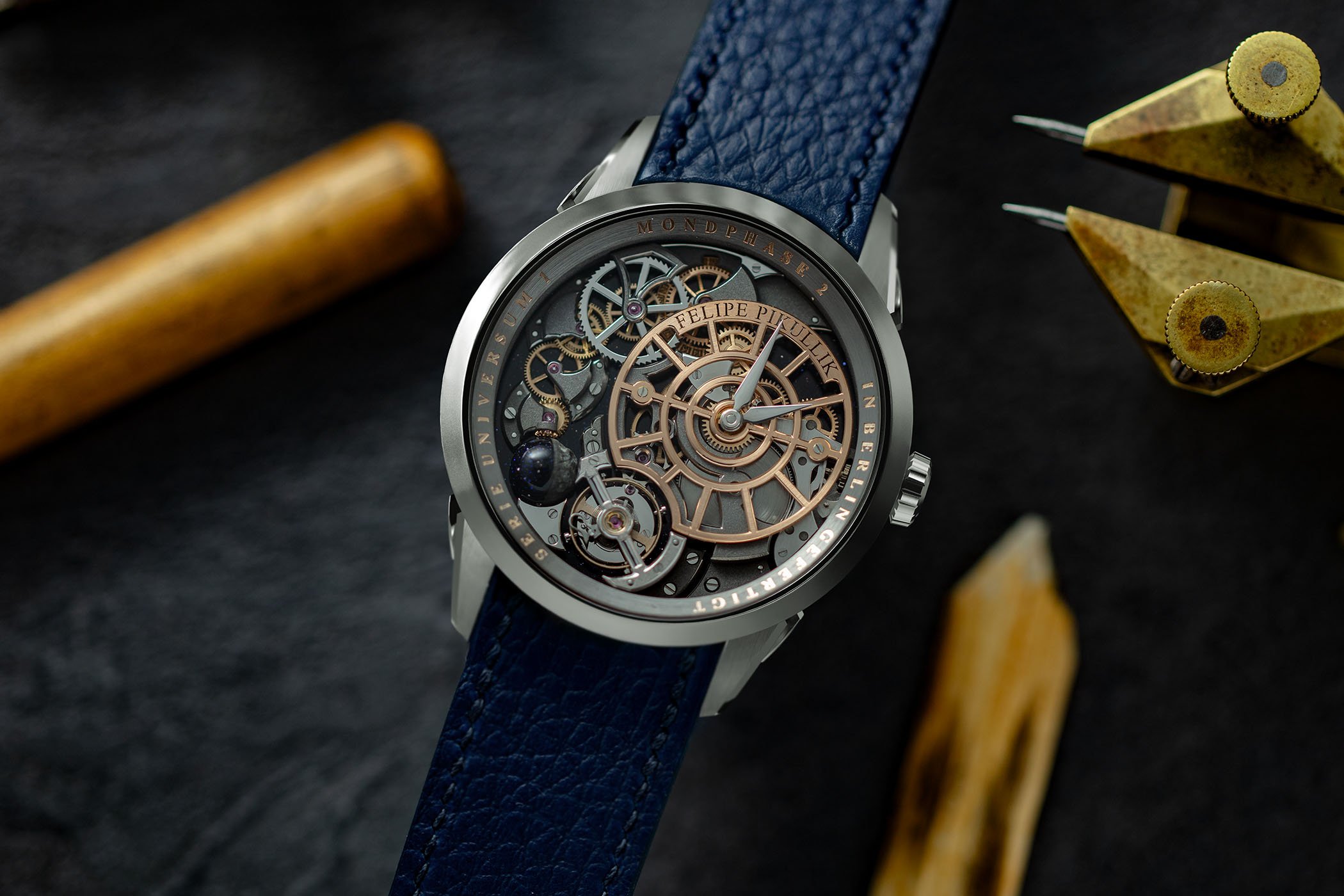
One of the rising stars of independent watchmaking, Felipe Pikullik’s career began in Glashütte, where he worked with renowned watchmakers, including Kudoke and Rolf Lang. In 2017, at the age of 23, he launched his own brand in Berlin. Since then, Felipe Pikullik has been widely recognised as a master of decoration, elevating venerable Unitas movements to a mind-blowing level of finishing. Now with the Mondphase II, Felipe Pikullik not only introduces a new watch but one that marks a new chapter for the young atelier, as it features his first in-house-conceived and (mostly) in-house-produced calibre FPMP2.
Up until now, and with all credit due, Felipe Pikullik was mostly known for his three-dimensional, skeletonised approach to watchmaking, elevating outsourced, venerable movements (mostly Unitas ébauches) to spectacular levels of finishing, with a strong emphasis on handmade anglage, with countless internal angles. Decoration has always been a big thing for Pikullik, but what you’ll discover today is next level and signifies both creative independence and mechanical strength for the independent Berlin-based atelier. Designed from scratch, the movement of the Mondphase II, the brand’s latest creation, amplifies the identity Felipe Pikullik desired.
Skeletonising and decorating an outsourced movement is one thing. Creating a movement from scratch to the desired specifications is another. Surely, the previous watches produced by Pikullik were more than just applying decoration techniques to a Unitas, as it meant adding in-house components, including modified bridges, base plates, and balance cocks, as well as additional complications such as a 3D moon phase, in the case of the Mondphase 1. But as he explains, “there’s only so much one can do when working with something pre-made. You cannot change the position of the gear train, the overall layout of the movement, or the number of teeth in the gears”. Thus, by creating his own movement, Pikullik was able to liberate his creativity and bring his work mostly dial side.
With the Mondphase 1, most of Pikullik’s work was visible on the back, and the dial side was less expressive. Not a bad thing, if you want to remain discreet. But, in a certain way, knowing the attention to detail applied to the movement, you might want to see it in full sight. And that was the main driver behind the conception of the calibre FPMP2: a movement developed with each part combining technical functionality and aesthetics, a strong three-dimensional feel, and a canvas for superb decorations. Produced in-house to about 90%, the movement is a stage for expression.
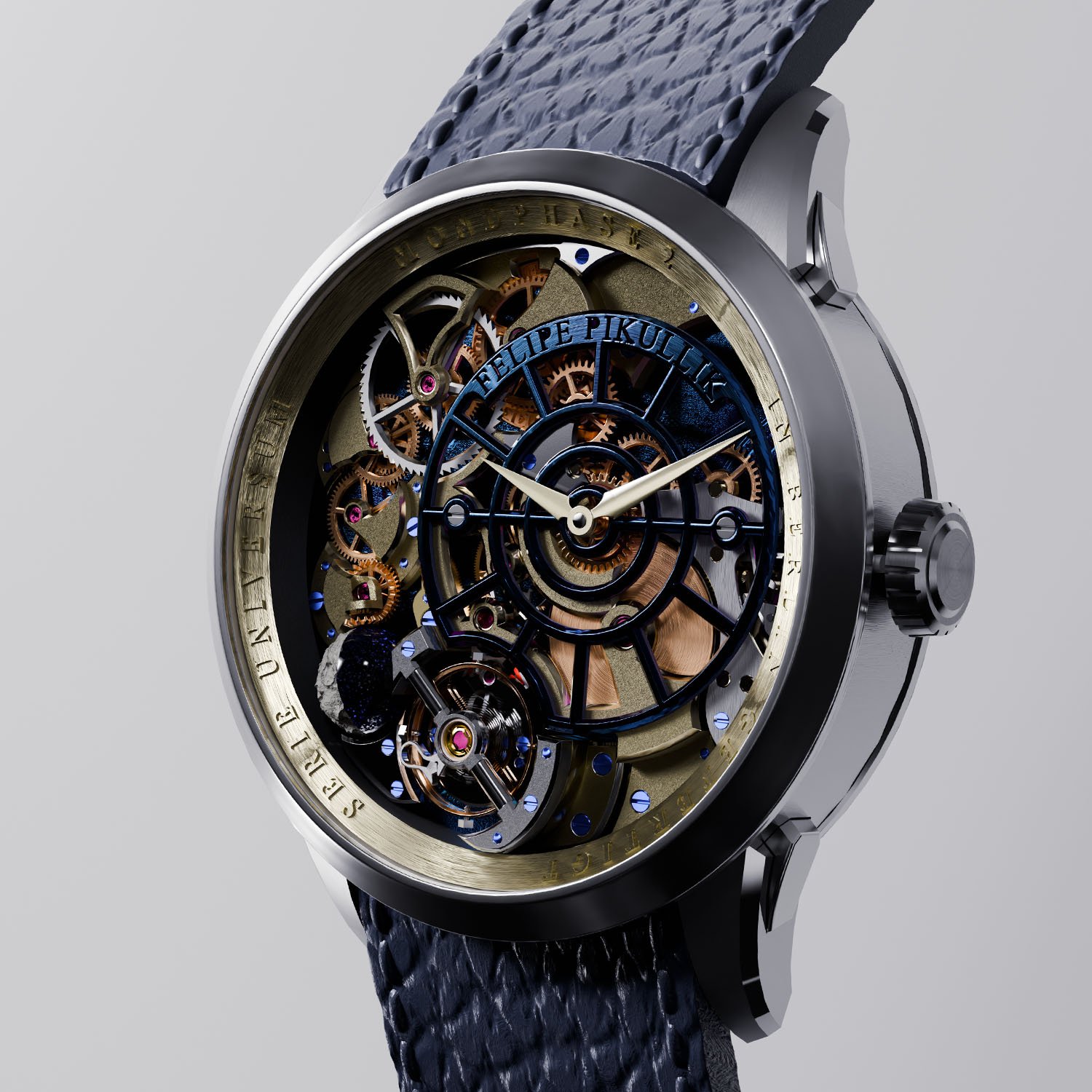
The Felipe Pikullik Mondphase II launches the Serie Universum, dedicated to the most complex creations. The case, available in steel, bronze or platinum, is rather larger at 41mm, with a relatively thin profile of 10.5mm. The lugs are complex, with facets, alternating brushed surfaces, and polished bevels. Sapphire crystals on the front and back add transparency, and the watch is water-resistant to 50m, making it daily-use friendly.
But the case isn’t what matters most in this Mondphase II. Talking about the dial here means talking about the movement, as both were conceived as a whole. The watch features a dark blue aventurine glass background, reinforcing its cosmic inspiration. This thin layer is applied directly on top of the base plate, with its contours following those of the technical elements. The rest is a 3D canvas of technical and decorative elements. Each wheel and bridge rises above this starry sky. Time is indicated on the right side with an openworked hours and minutes chapter ring, available in a golden colour (steel and bronze) or dark blue (platinum), revealing superlative finishings with multiple hand-applied angles and chamfers. The gears and bridges on the left side are finished with equal attention to detail. These polished surfaces contrast with the frosted flat surfaces.
The lower part of the dial is dedicated to the regulating organ, positioned above a mirror-polished background. The balance wheel is held in place by a bercé transversal bridge, showing yet another impressive decorative technique. Next to it is Felipe Pikullik’s signature three-dimensional moon phase display, driven by conical gears. A discreet 24-hour indicator, engraved directly on its driving gear, is positioned at 12 o’clock. Interestingly, the setting and winding mechanism is a module, a self-contained unit that can be assembled independently of the movement, not only simplifying service operations but also allowing younger watchmakers in the workshop to participate directly in the assembly of the watch.
The back of the Felipe Pikullik Mondphase II and its calibre FPMP2 is, as you’d expect, simpler with a large mainplate covering all technical elements. Yet it is fully hand-engraved and includes the watch’s individual number. The movement runs at a 3Hz frequency and stores about 40 hours of power reserve when fully wound.
The Felipe Pikullik Mondphase II is released in a limited edition of 20 pieces per material, and priced at EUR 45,000 in steel, EUR 58,000 in bronze and EUR 65,000 in platinum. For more details and orders, please visit www.felipe-pikullik.de.




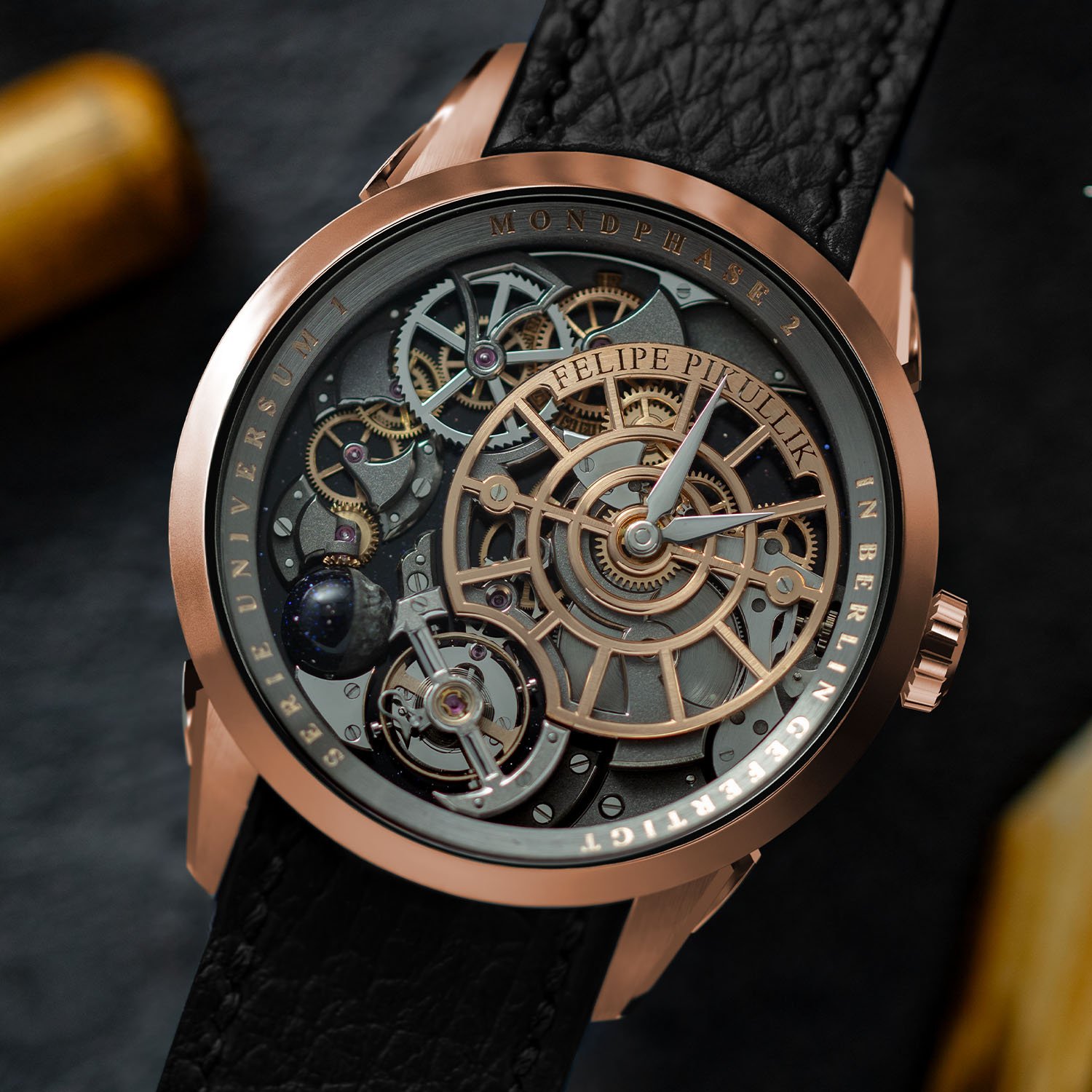
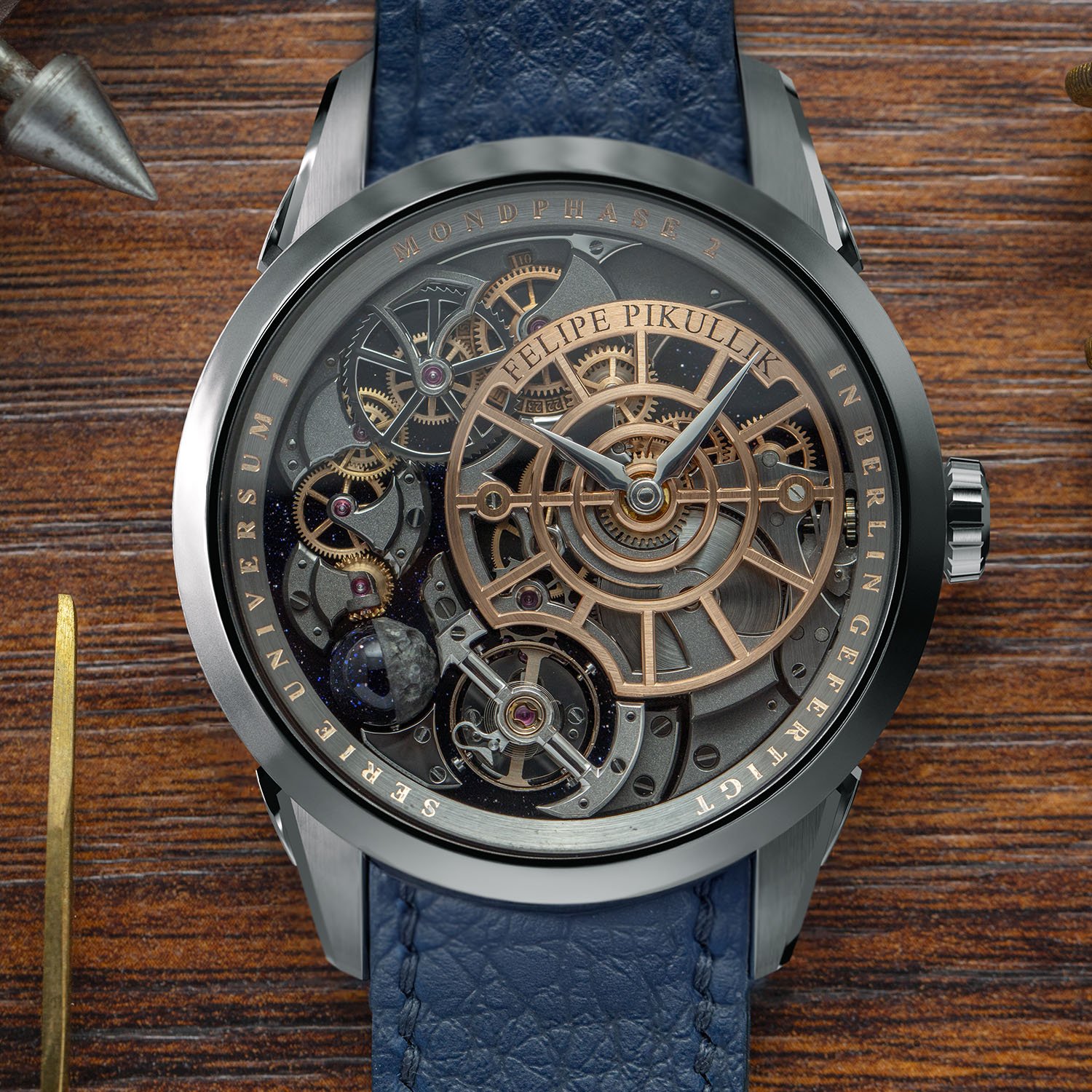
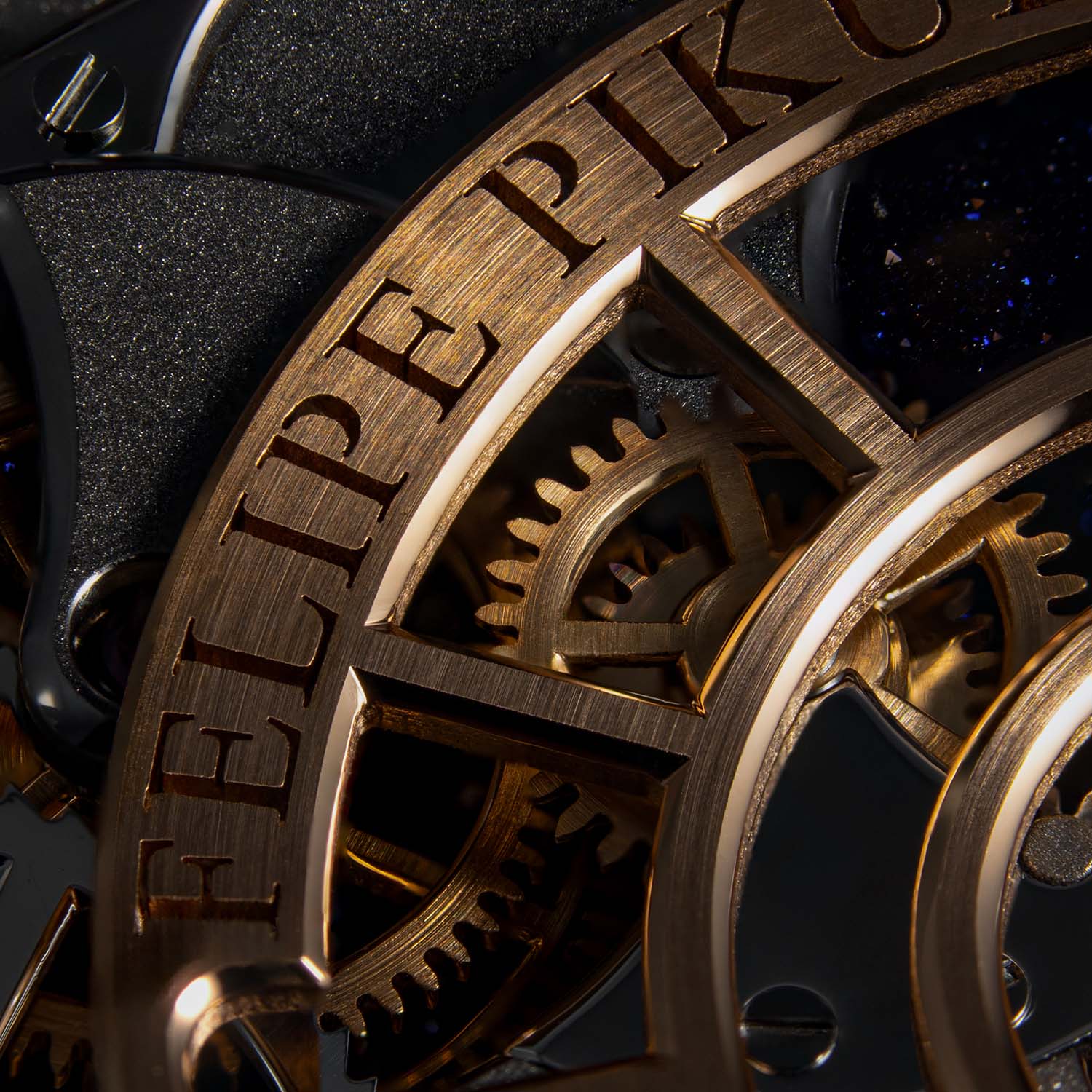
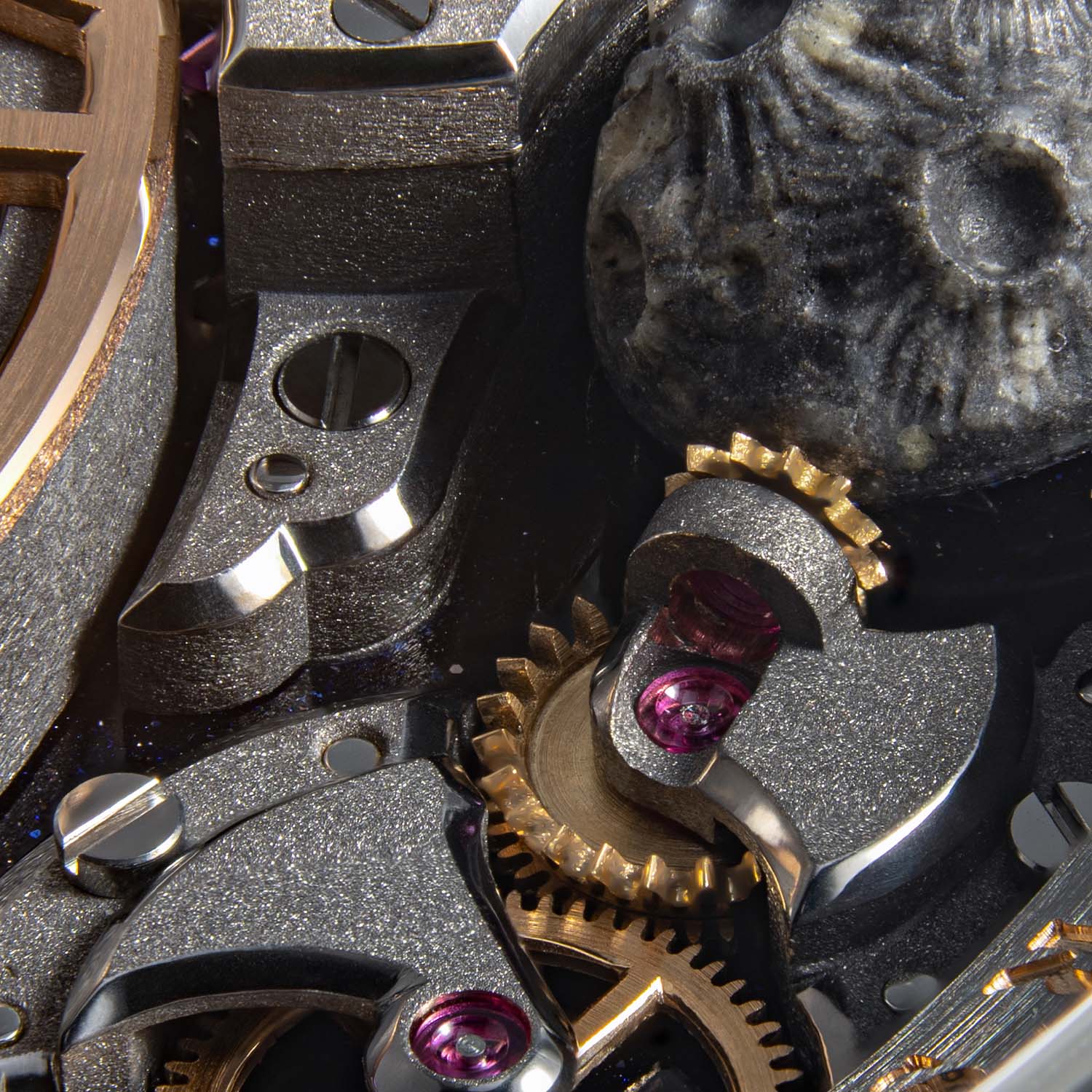


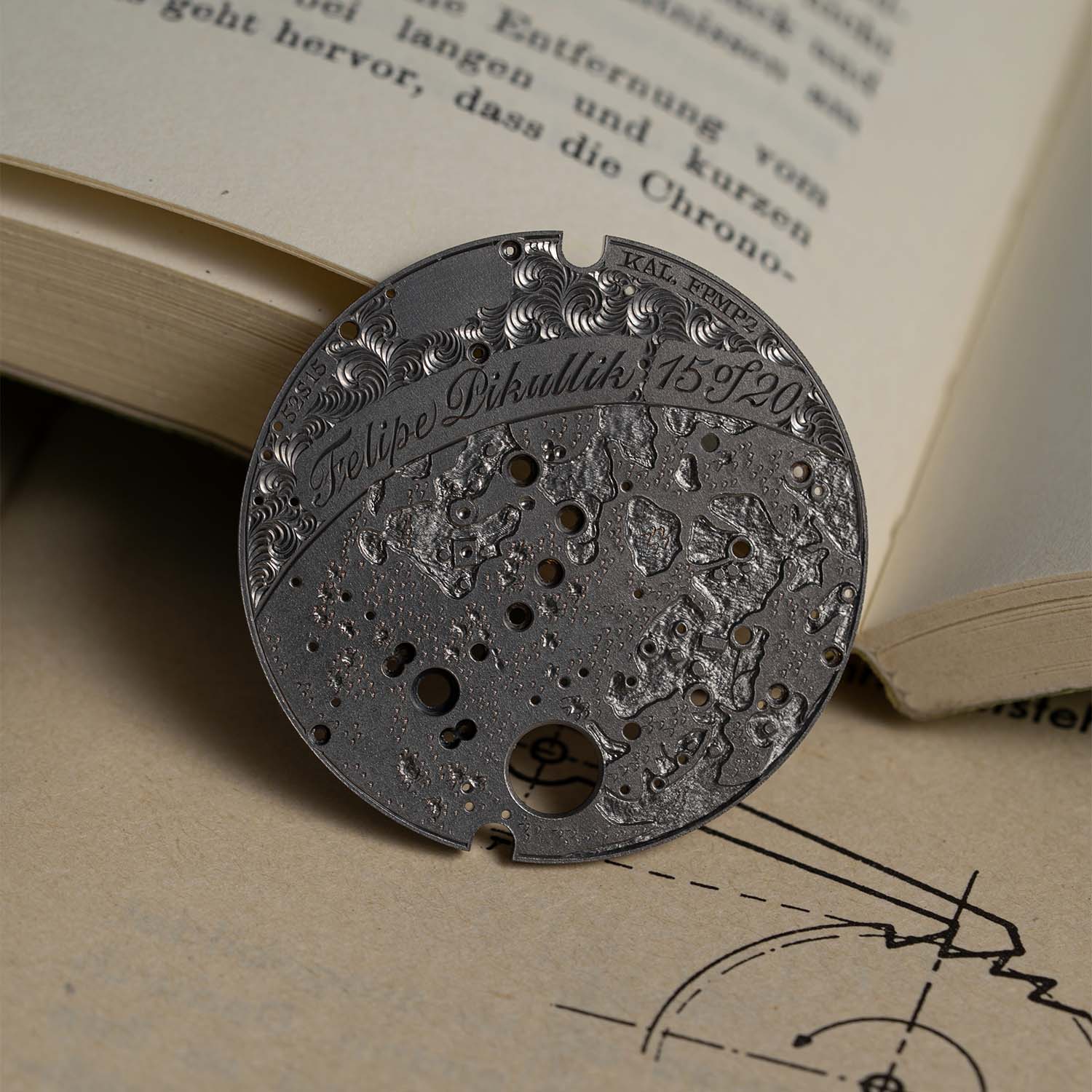
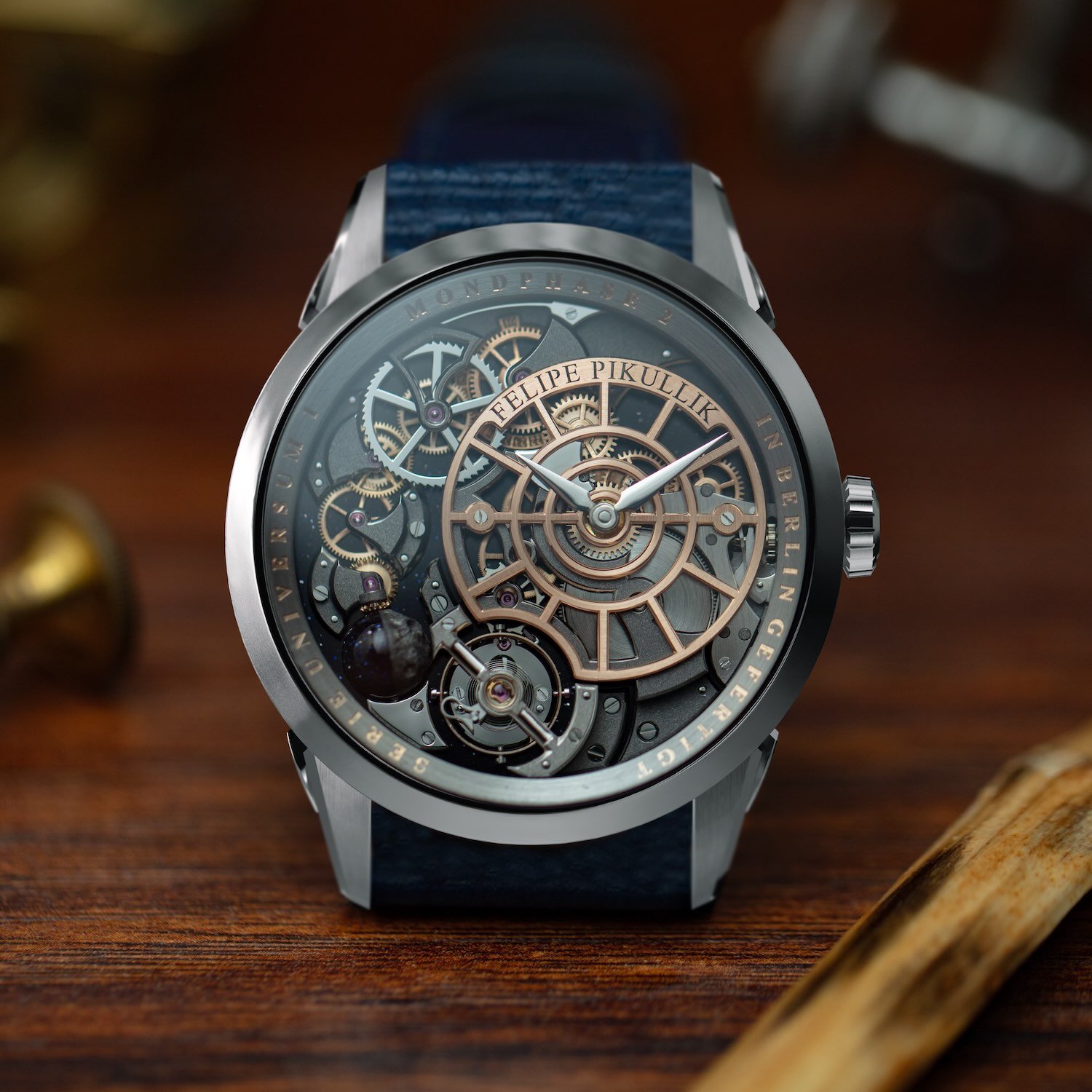
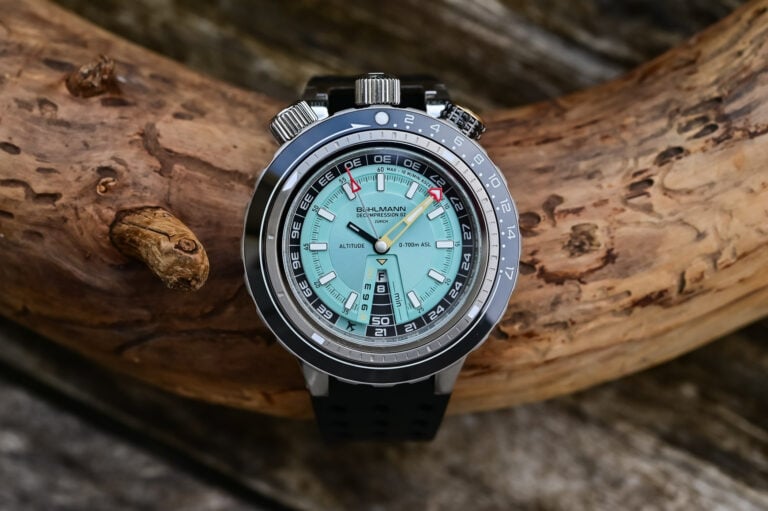
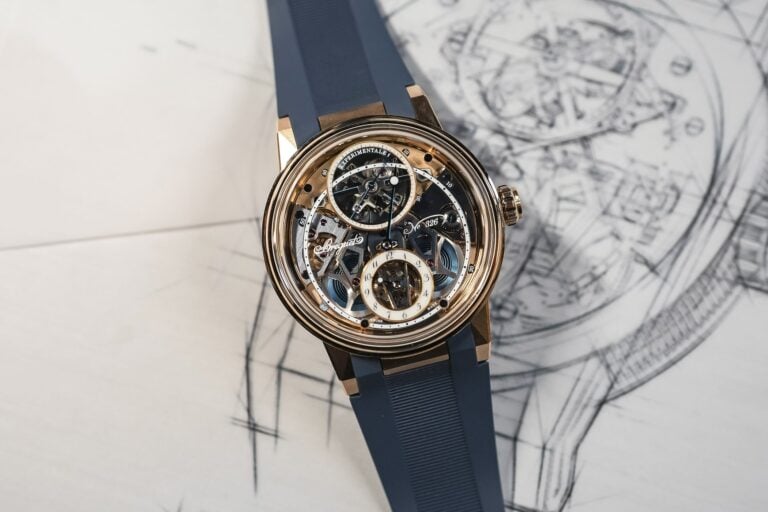
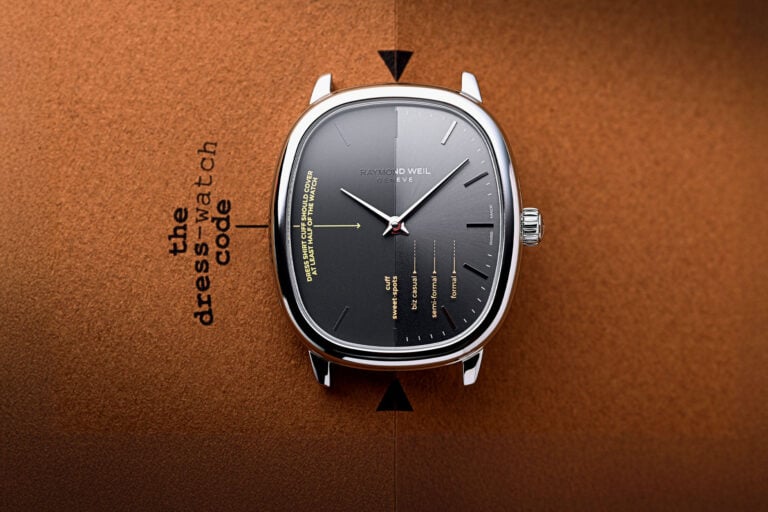
2 responses
I think, based on the pics at least, that there ought to be a bit more contrast between the “night sky” and “moon” halves of the moonphase indicator. Other than that it’s spectacular.
Spectacular but I have to say the original Mondphase is a more wearable design. Glad I managed to get one.